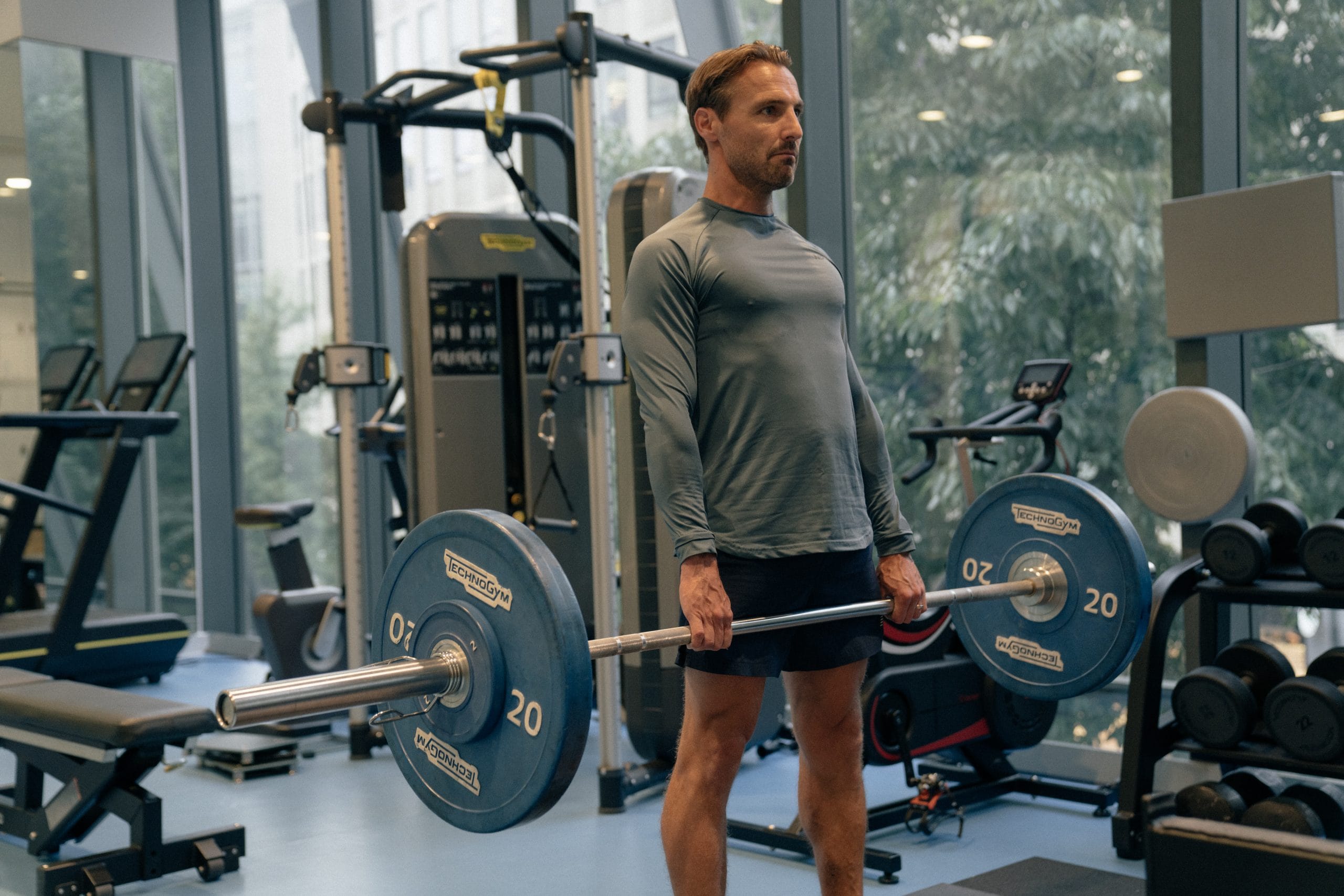Training, It’s All About Density

Claire Small
Chief Clinical Officer & Consultant Physiotherapist
- 3 August, 2020
- Exercise
- 4 min read
Training, It’s All About Density

When we talk about density in relation to training, we are essentially referring to how much “work” we get through over a period of time. Work can relate to the distance we cover, the speed with which we moved at, the number of kilograms we lifted etc.
If we looked at a singular training session to begin with, the work we do in this session causes a biological response which in turn causes our body to adapt specifically to that. This adaptation causes us, hopefully, to get fitter.
As we get fitter, we can get through more work in a singular session. This now produces a greater physiological response which causes more adaptation and we get fitter again.
Having looked at sessions on an individual basis, we now need to think about how we add our sessions together and gradually get through more work on a long-term basis. The number of sessions we do in a week will generate our weekly loading, these weeks then add together to form blocks and the makings of a long-term training programme.
The key thing, that must be considered throughout, is that all the work we do must be at a level we can recover from. There is no point in doing an extreme amount of work in one session and not being able to recover from it fully. This will affect our next session, which will affect our weekly goals, then affecting our energy levels for the next week of training and so on, eventually leading to overtraining and injury.
The amount of work or training we can get through and recover from is known as our capacity. By gradually increasing our training density, in a safe and monitored way, we increase our capacity. A greater capacity then allows us to expand our training density once again. This allows us to keep on improving our fitness and working towards our goals.
But how do we accomplish all this you ask? Well, we have a thorough and progressive plan that monitors what we are doing session to session to allow us to safely increase our workload. If you’re not monitoring your training or have a planned progression route, what exactly are you doing? How do you know when to increase load and by how much?
Let’s think of it like a business plan. If someone came to you asking to invest in a business that had no plan on how it was going to grow, and yield returns, would you invest time, effort and money into it? No, you wouldn’t, and your training should be the same.
Let me show you how we can visibly represent a progressive increase in training density. Take the example of someone who is looking to improve their body composition. This person’s overall aim is, therefore, to decrease fat mass and increase their lean muscle mass. We know from research that increases in lean muscle mass are directly related to overall training load in resistance training i.e. the greater number of kilograms we lift, the greater increase in lean muscle mass we will have (all other things being equal). This person’s training plan will, therefore, be based around gradually increasing their loading volume (kilograms lifted).
Continuing with this example, if we took a resistance training session which was made up of 4 exercises which were all performed for 4 sets of 10 reps. On the first week we lifted 10kg for each exercise, then on the second week we used 11kg, week 3 12kg and then 13kg on week 4. You can see, below, how the total volume of these sessions increases gradually with just a 1kg increment each week.
Unfortunately, we can’t just keep adding 1kg to all our exercises each week (otherwise we’d all be Hercules within the year), we must find other ways of increasing our load volume. One way to get around that in this current example would be to add another exercise to the session. So now we are doing 5 exercises for 4 sets of 10 reps and the same weight progression: week 1 with 10kg, week 2 with 11kg, week 3 with 12kg and week 4 with 13kg.
When looking at these charts we can see how small and simple changes can have big increases in our overall training load in a short period of time. Now if you think of the impact these changes could have on numerous sessions per week over longer periods of time you can start to realise the importance of planning, tracking and progressing your training.
Taking all this into consideration, it’s time to start asking some serious questions. Is the programme or page you are currently following structured with a long-term progression plan that’s specific to your goals, or is it simply just fatiguing you?
If it’s the later, it can be difficult to know where to start to implement these changes. Our Strength and Conditioning Coaches can ensure that you are given an individualised, progressive and detailed training programme that will keep you building towards your current goals and beyond. Starting from your current fitness level, the team can, not only build the program, but assist you through it making sure movements and exercises are performed accurately in order to get the most benefit out of your training; all of our accredited S&C Coaches are well equipped to take you on this journey.
Next read: Multidirectional Fitness and Return to Sport

Advice
Over the last 20+ years our experts have helped more than 100,000 patients, but we don’t stop there. We also like to share our knowledge and insight to help people lead healthier lives, and here you will find our extensive library of advice on a variety of topics to help you do the same.
OUR ADVICE HUBS See all Advice Hubs

